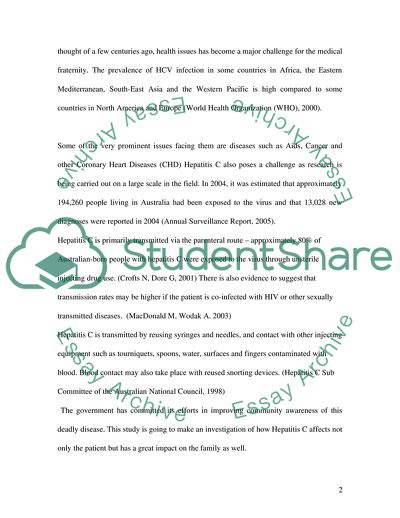Cite this document
(The Negative Impact of Hepatitis C Term Paper Example | Topics and Well Written Essays - 2807 words, n.d.)
The Negative Impact of Hepatitis C Term Paper Example | Topics and Well Written Essays - 2807 words. Retrieved from https://studentshare.org/health-sciences-medicine/1716355-investigative-report-of-a-family-health-issue
The Negative Impact of Hepatitis C Term Paper Example | Topics and Well Written Essays - 2807 words. Retrieved from https://studentshare.org/health-sciences-medicine/1716355-investigative-report-of-a-family-health-issue
(The Negative Impact of Hepatitis C Term Paper Example | Topics and Well Written Essays - 2807 Words)
The Negative Impact of Hepatitis C Term Paper Example | Topics and Well Written Essays - 2807 Words. https://studentshare.org/health-sciences-medicine/1716355-investigative-report-of-a-family-health-issue.
The Negative Impact of Hepatitis C Term Paper Example | Topics and Well Written Essays - 2807 Words. https://studentshare.org/health-sciences-medicine/1716355-investigative-report-of-a-family-health-issue.
“The Negative Impact of Hepatitis C Term Paper Example | Topics and Well Written Essays - 2807 Words”, n.d. https://studentshare.org/health-sciences-medicine/1716355-investigative-report-of-a-family-health-issue.


